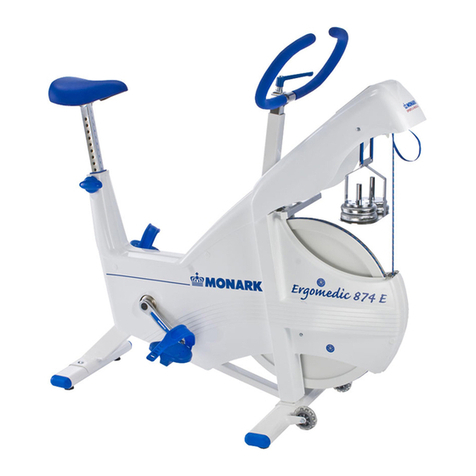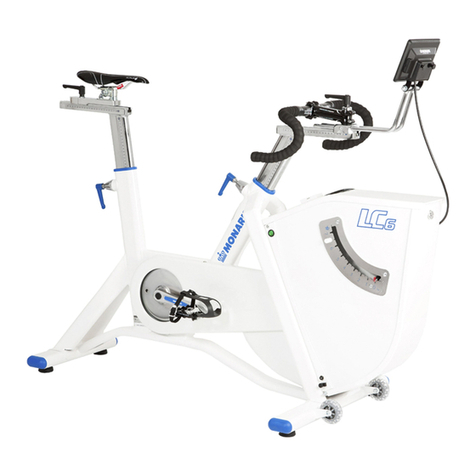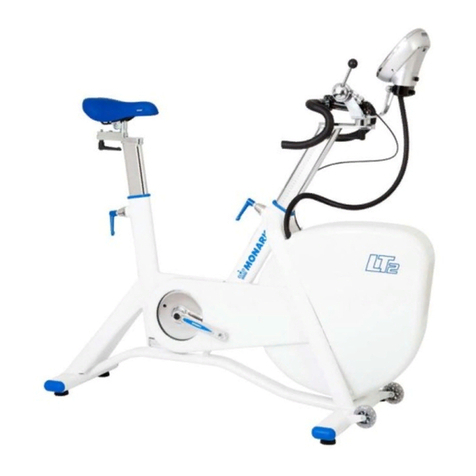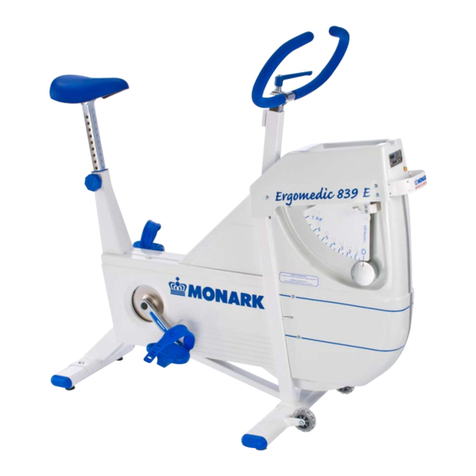Monark Sprint Bike Ergomedic 884E User manual
Other Monark Exercise Bike manuals
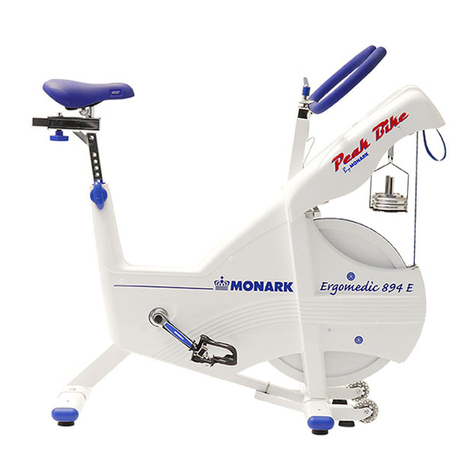
Monark
Monark Ergomedi 894 E User manual
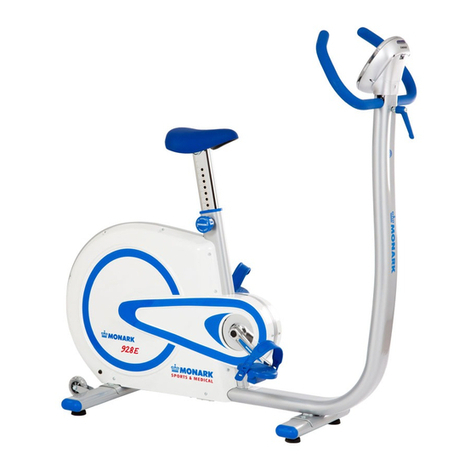
Monark
Monark 928 E User manual

Monark
Monark 808 User manual

Monark
Monark Ergomedi 894 E User manual

Monark
Monark 928 G2 User manual

Monark
Monark 928 E User manual

Monark
Monark Ergomedic 874 E User manual
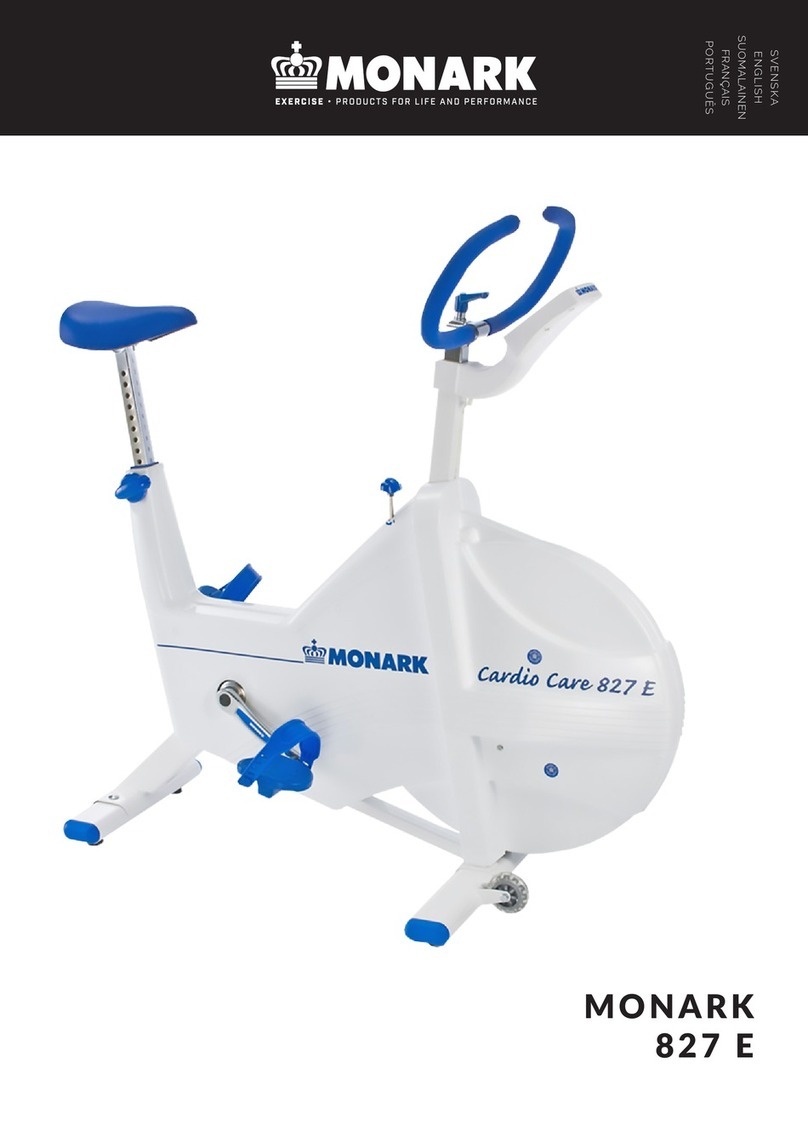
Monark
Monark 827E User manual

Monark
Monark 928 User manual
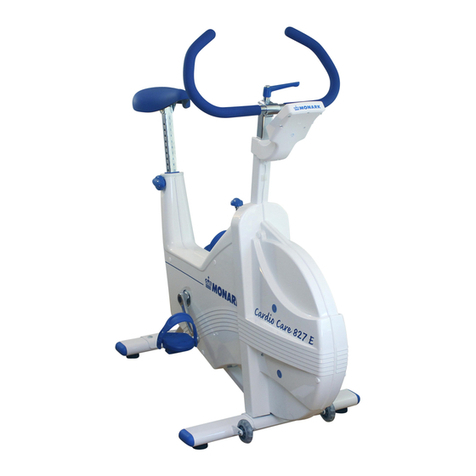
Monark
Monark Cardio Care 827 E User manual

Monark
Monark 928 E Pro VO2 User manual

Monark
Monark Cardio Care 927 E User manual

Monark
Monark LC6 novo User manual

Monark
Monark cardio care 827 x User manual

Monark
Monark 927 E Cardio Care User manual

Monark
Monark 915E User manual
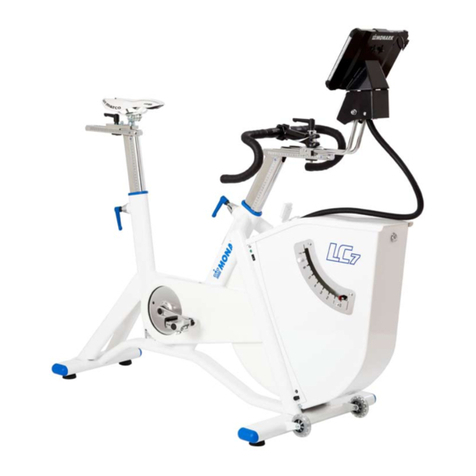
Monark
Monark LC6 novo User manual
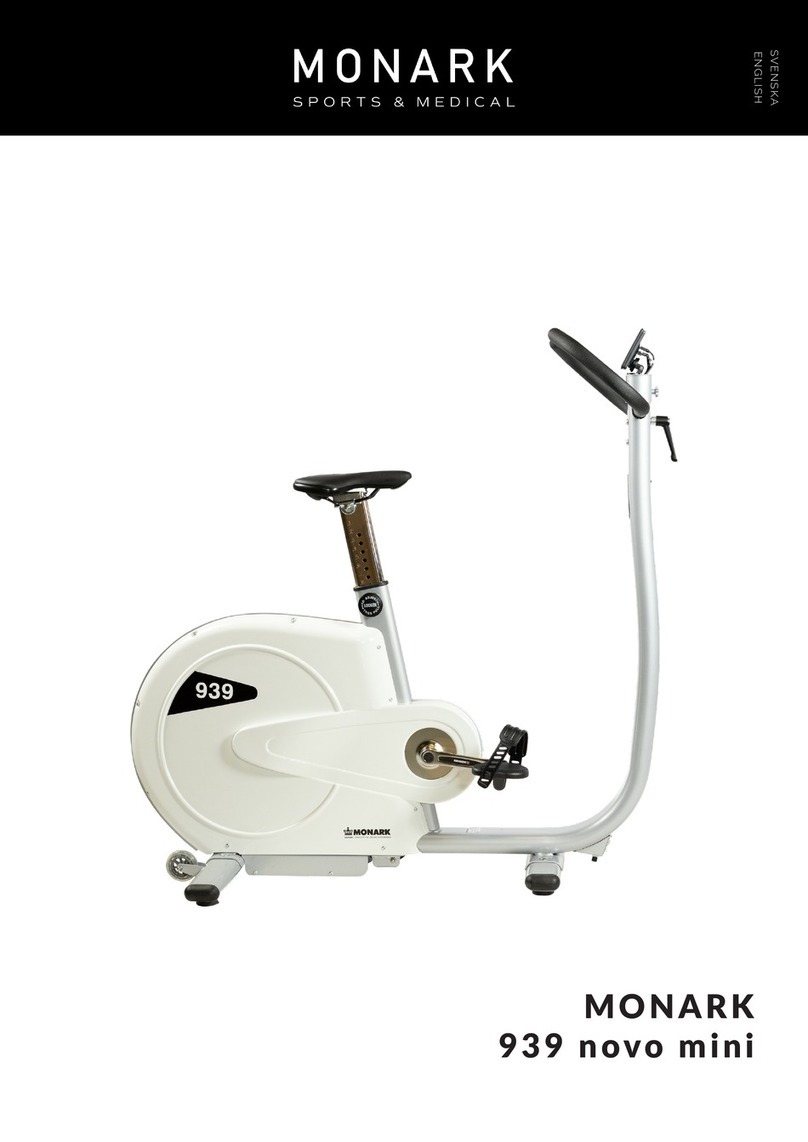
Monark
Monark 939 novo User manual
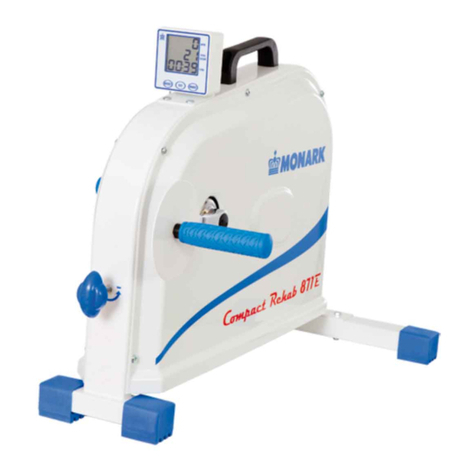
Monark
Monark Compact Rehab 871E User manual
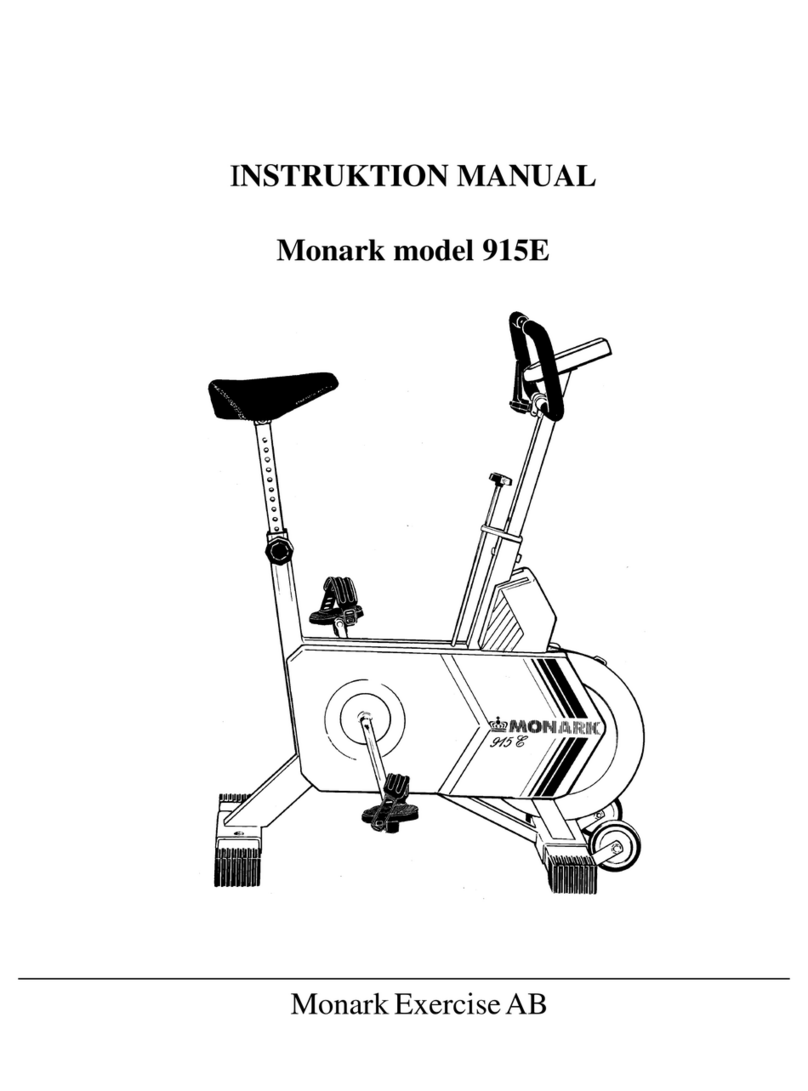
Monark
Monark 915E User manual
Popular Exercise Bike manuals by other brands

Sunny Health & Fitness
Sunny Health & Fitness SF-B121021 user manual

Stamina
Stamina 1310 owner's manual

American Fitness
American Fitness SPR-BK1072A owner's manual

Cateye
Cateye CS-1000 (CYCLO SIMULATOR) Service manual

BH FITNESS
BH FITNESS H9158H Instructions for assembly and use

Body Sculpture
Body Sculpture BC-7220G manual
